
This is one of eight proposals and recommendations sent by the Ministry of Health to the Government and ministries, in the report at the Conference on implementing health work in 2025 held on the morning of December 24.
Accordingly, the Ministry of Health recommends that the Government pay attention to directing and promulgating policies and regimes for treatment and attracting human resources in the medical sector; Directing relevant agencies to research and approve a number of treatment and attraction policies equivalent to those in the pedagogical sector.
Medical and pharmaceutical students are supported by the state with tuition fees equal to the tuition fees charged by the training institution where they study; and supported with living expenses during their time studying at school.
This is not the first time the Ministry of Health has made this recommendation. In the Plan to Protect, Care for, and Improve People’s Health in 2025 issued in July, the agency also made a similar proposal.
This proposal was made in the context that medical human resources in our country are still in a serious shortage. In 2023, only counting medical human resources, the shortage is about 23,800 people,... In hospitals from central to grassroots, the number of treating doctors and nurses is also lacking tens of thousands of people.
According to Minister of Health Dao Hong Lan, the scale of Vietnam's medical workforce has increased insignificantly over the past 10 years (only 2.33%). The total medical workforce is currently more than 431,700 people, much lower than the expected 632,500 people (according to the plan until 2020). Medical workforce is mainly concentrated at the provincial and district levels (more than 86%), while at the central level it only accounts for 8.33%. The proportion of doctors at the central level accounts for nearly 10% and nurses is 8.45%.
"There is a lack of quantity and quality, and an imbalance in medical human resources in terms of both distribution and structure of professional staff. At medical examination and treatment facilities, especially public hospitals, the structure of clinical professional human resources does not meet the requirements of medical examination and treatment, patient care and is at risk of not ensuring service quality and patient safety" - Minister Dao Hong Lan said.
Vietnam currently has 214 medical personnel training facilities, including 66 universities and 139 vocational training facilities... In 2023, nearly 11,300 doctors and 8,470 pharmacists will graduate. The number of nurses graduating in 2023 is nearly 18,200.
To supplement the shortage of human resources, it is necessary to promote training. However, up to now, tuition fees for medical and pharmaceutical training (excluding those in joint training programs) are still among the highest in schools, ranging from 45 to 55 million VND/year. Hanoi University of Pharmacy alone has a joint training program with the University of Sydney, Australia, with tuition fees for Pharmacy up to 150 million VND when studying in Vietnam.
Meanwhile, currently, teacher training students are receiving state support for tuition fees equal to the tuition fees charged by the teacher training institution where they study, and are supported with 3.63 million VND/month to cover living expenses during their time studying at the school.
"The strict entrance requirements and, importantly, high tuition fees have limited the number of young people choosing this field of study, which in turn has affected the supply of the next generation of human resources," said Minister Dao Hong Lan.
Source: https://phunuvietnam.vn/bo-y-te-de-xuat-chinh-sach-ho-tro-hoc-phi-cho-sinh-vien-y-duoc-nhu-su-pham-20241224123605851.htm










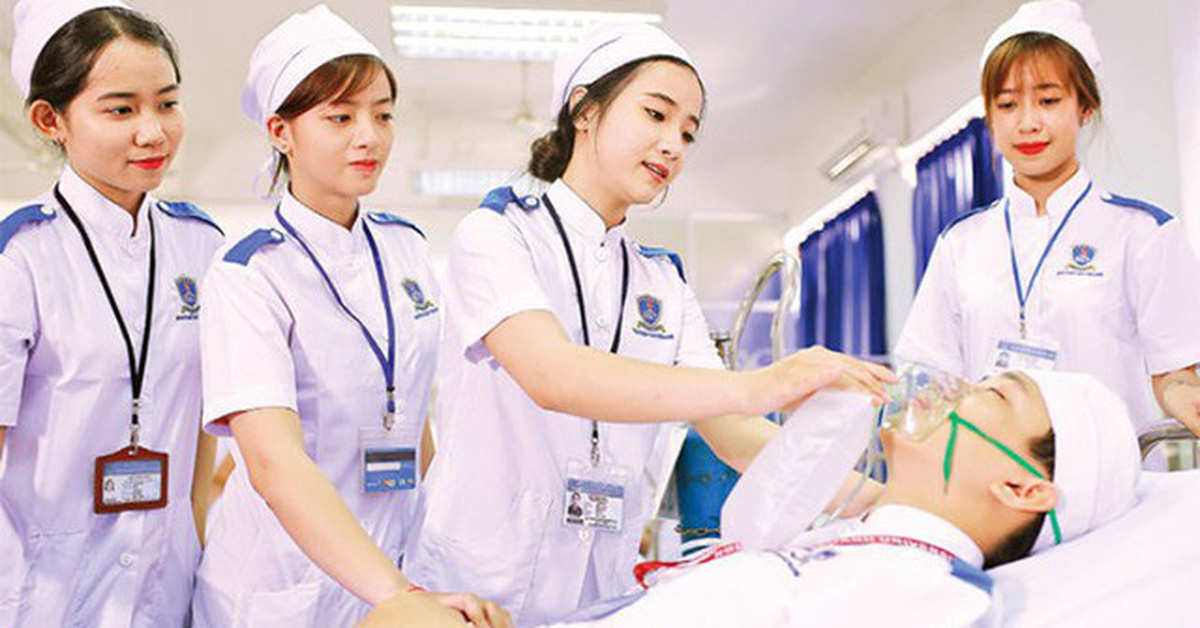

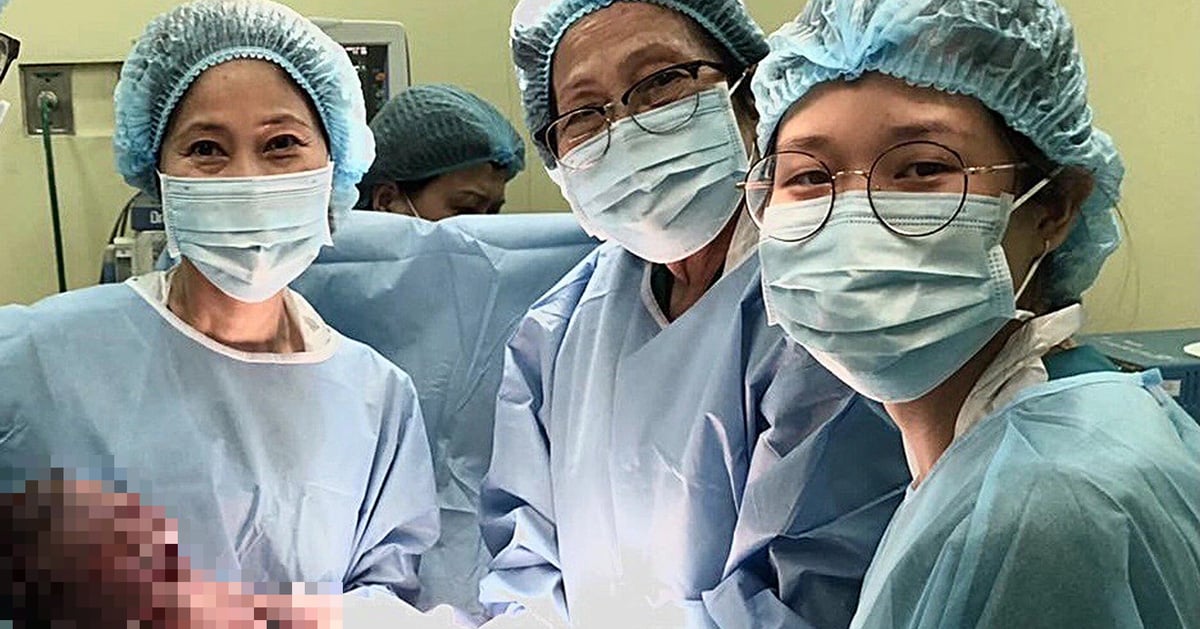
![[Photo] Grassroots health care creates breakthrough in primary health care for people](https://vstatic.vietnam.vn/vietnam/resource/IMAGE/2025/1/18/e7175df8da0745ef9ff609a077959eb2)


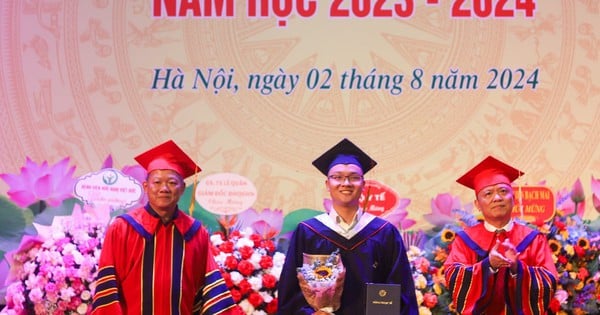

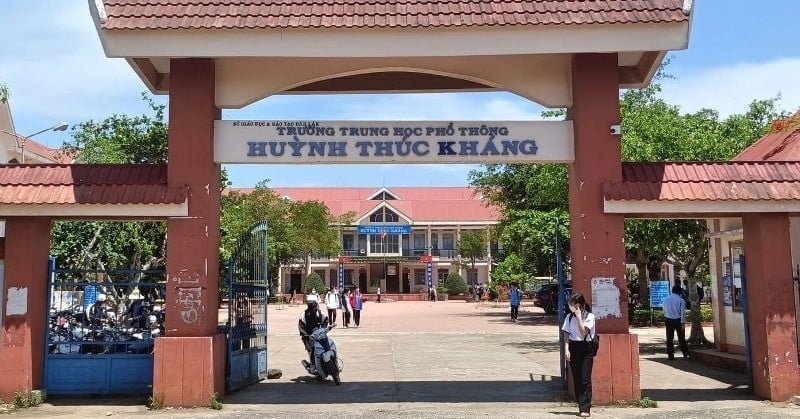

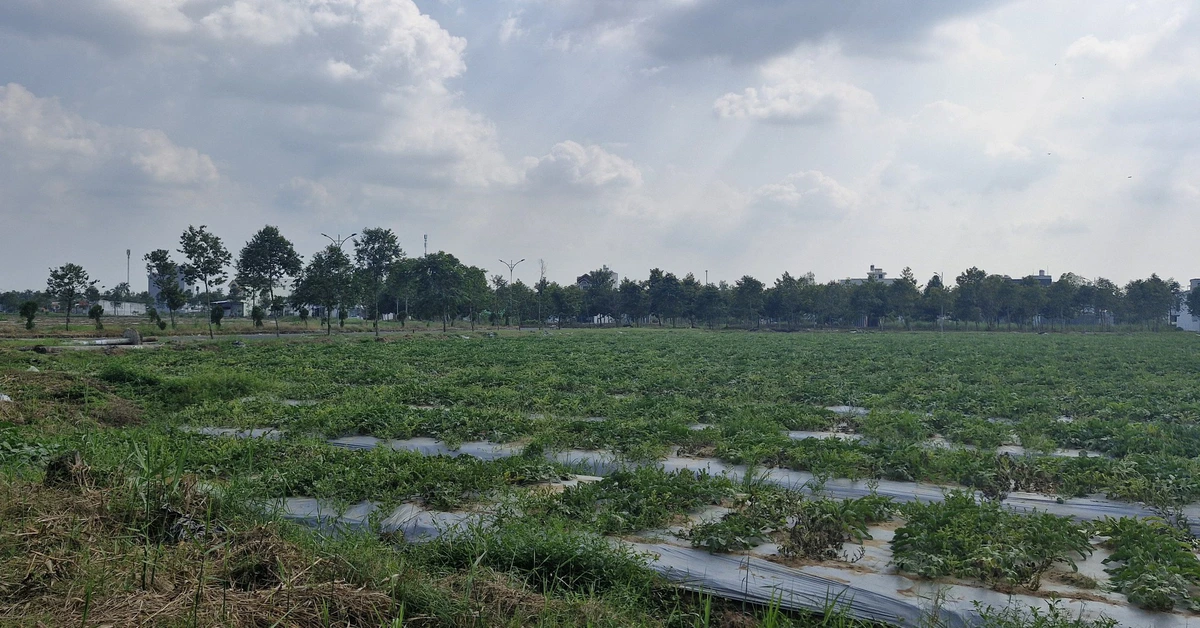
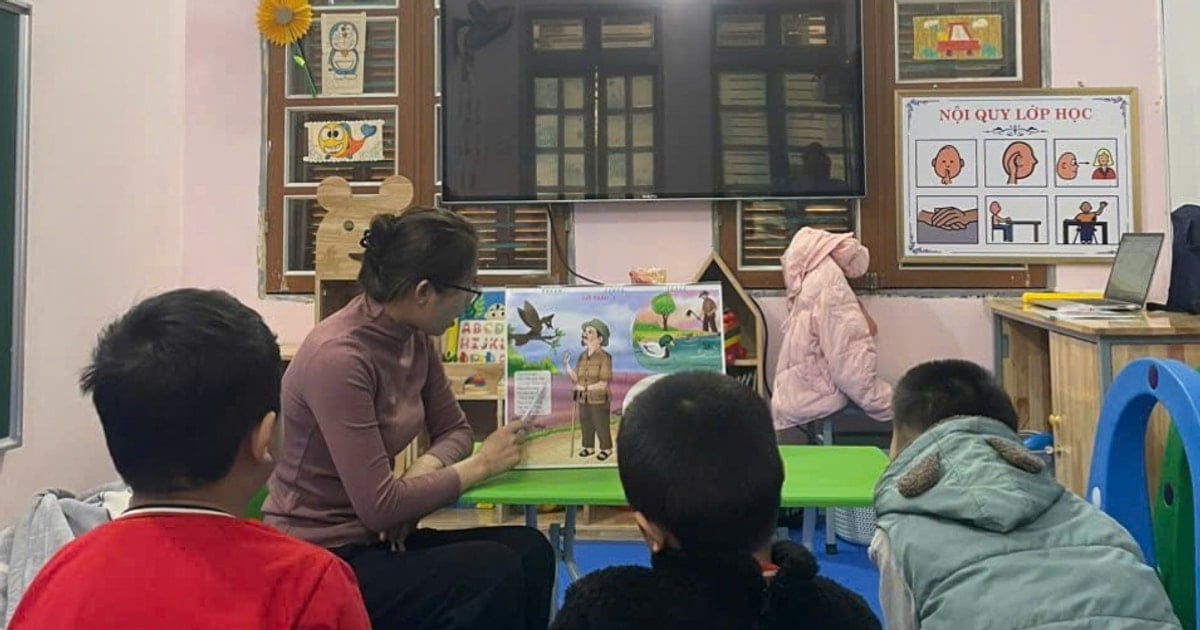





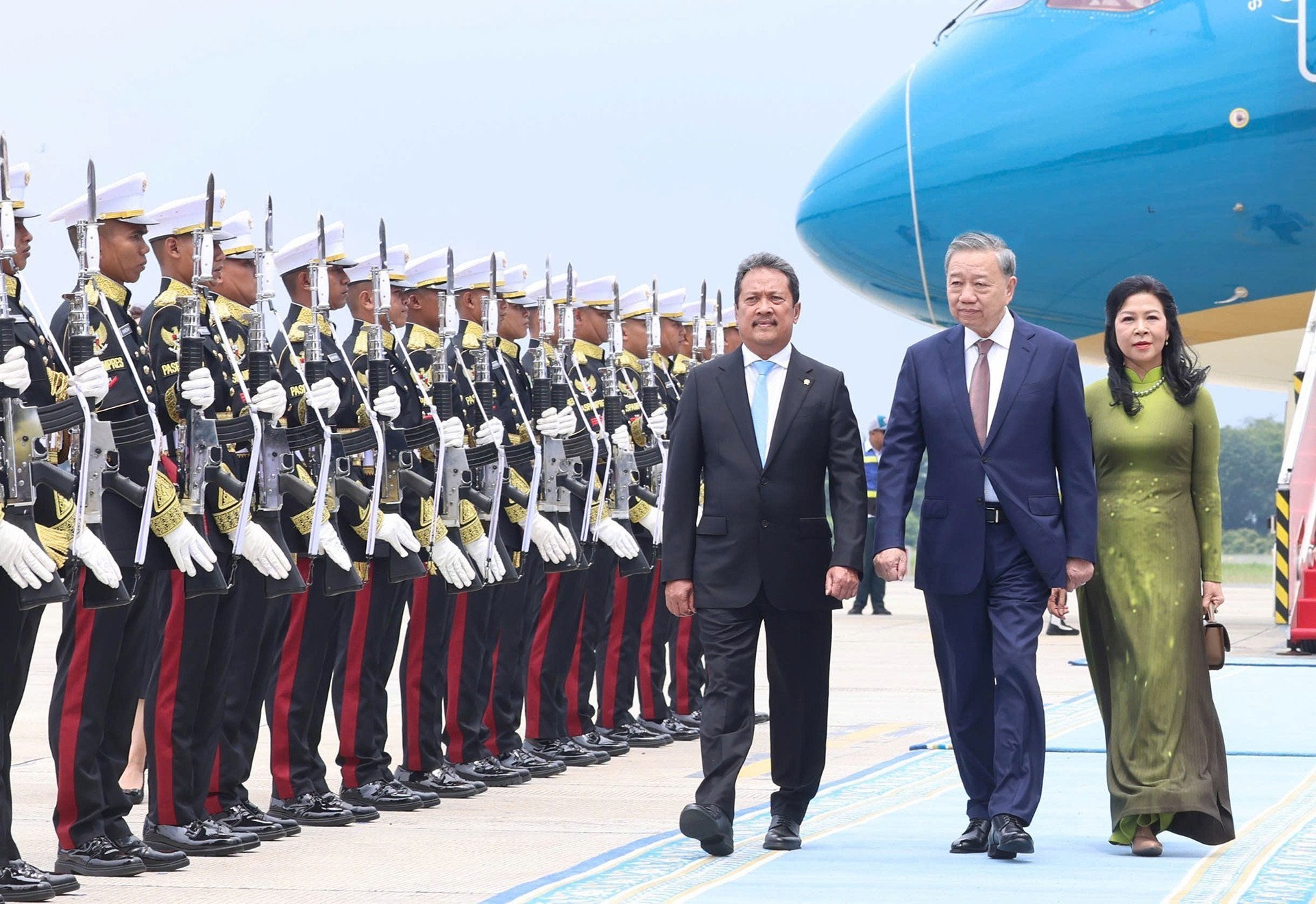


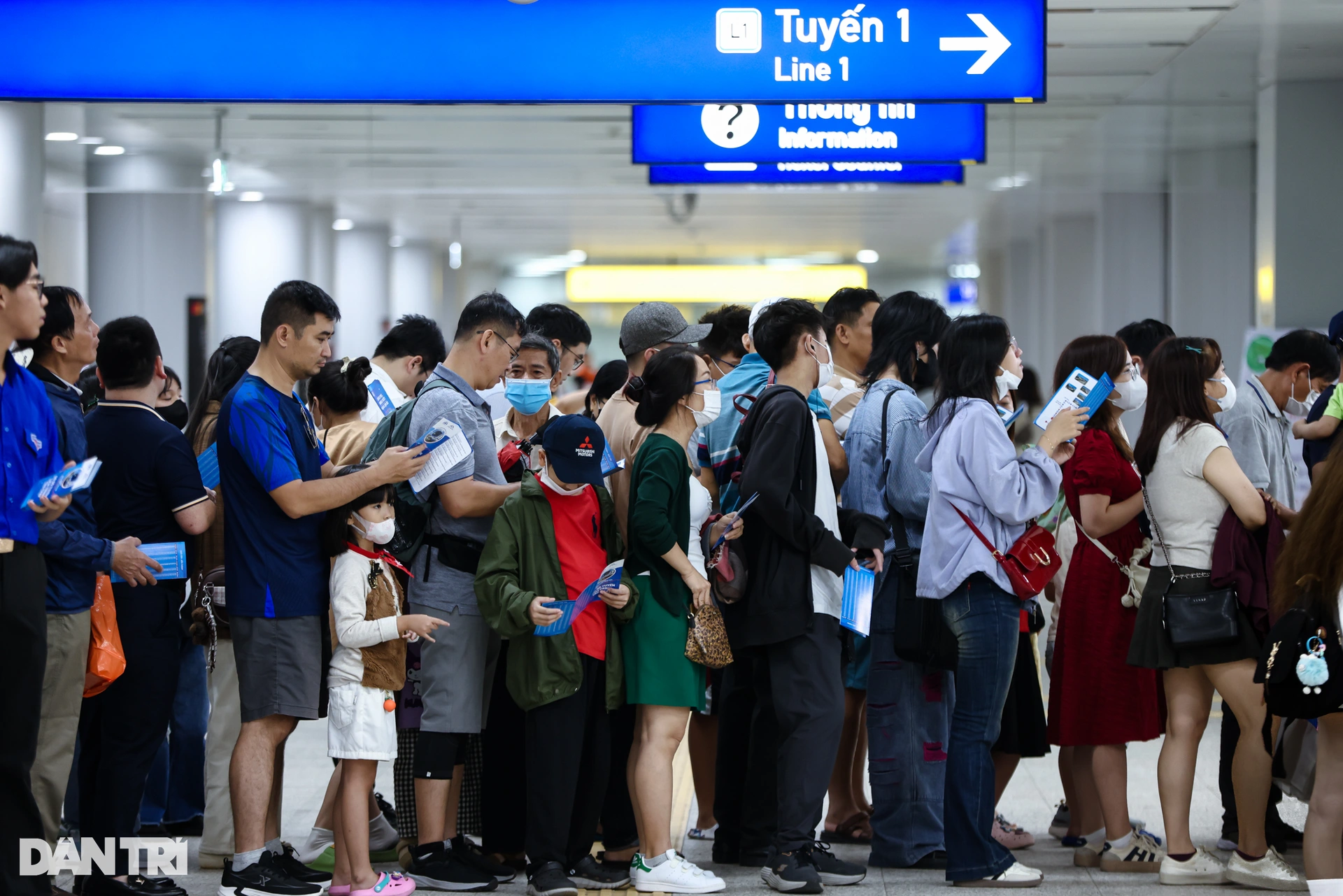






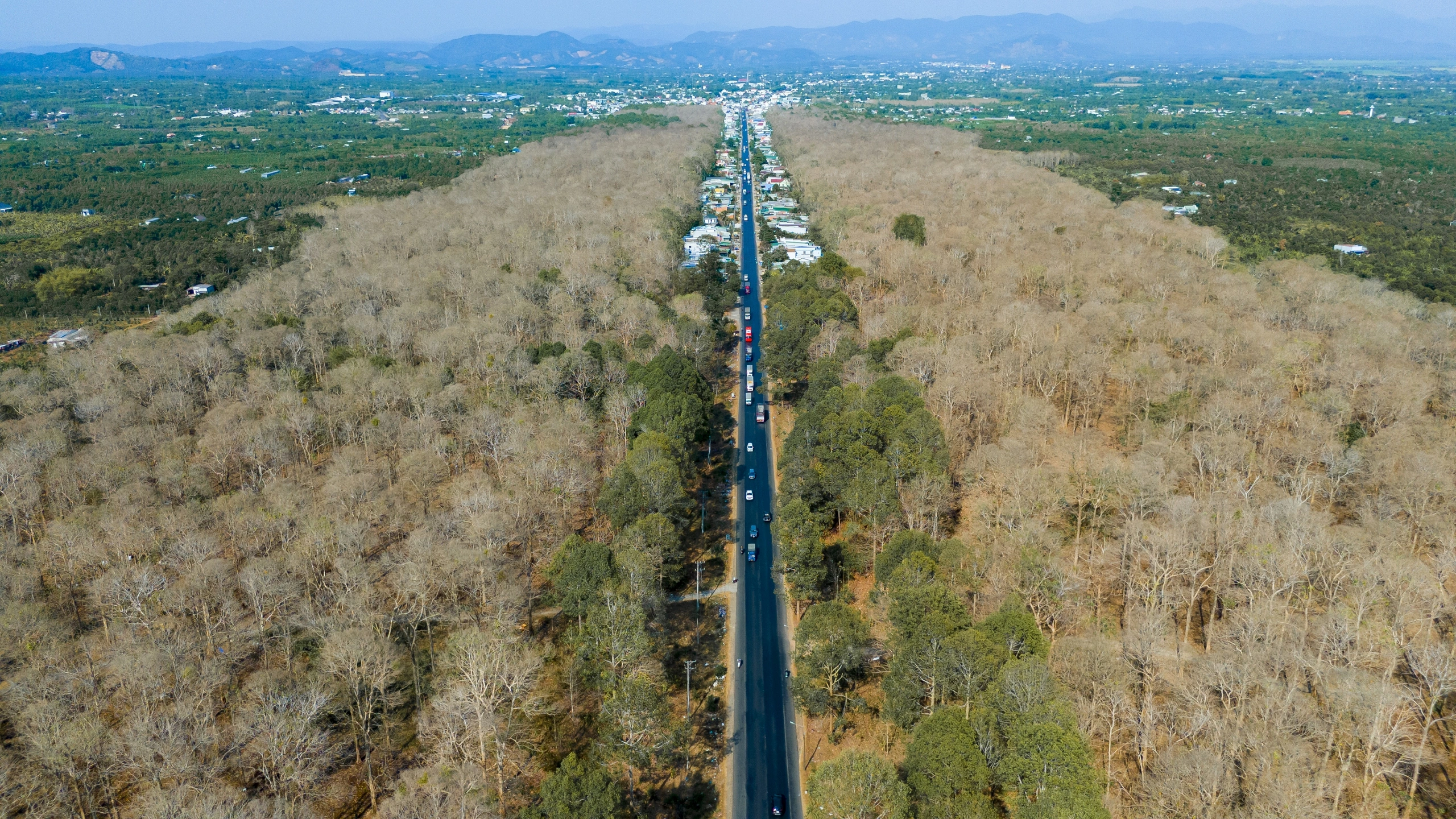










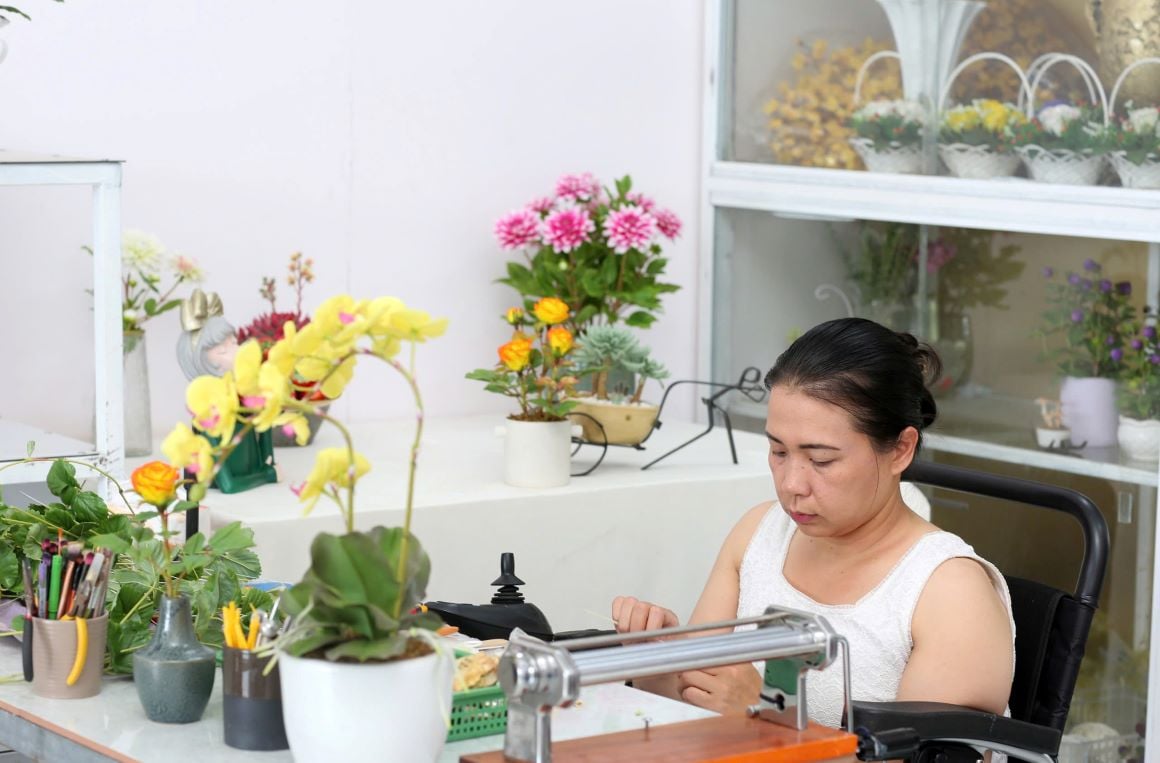


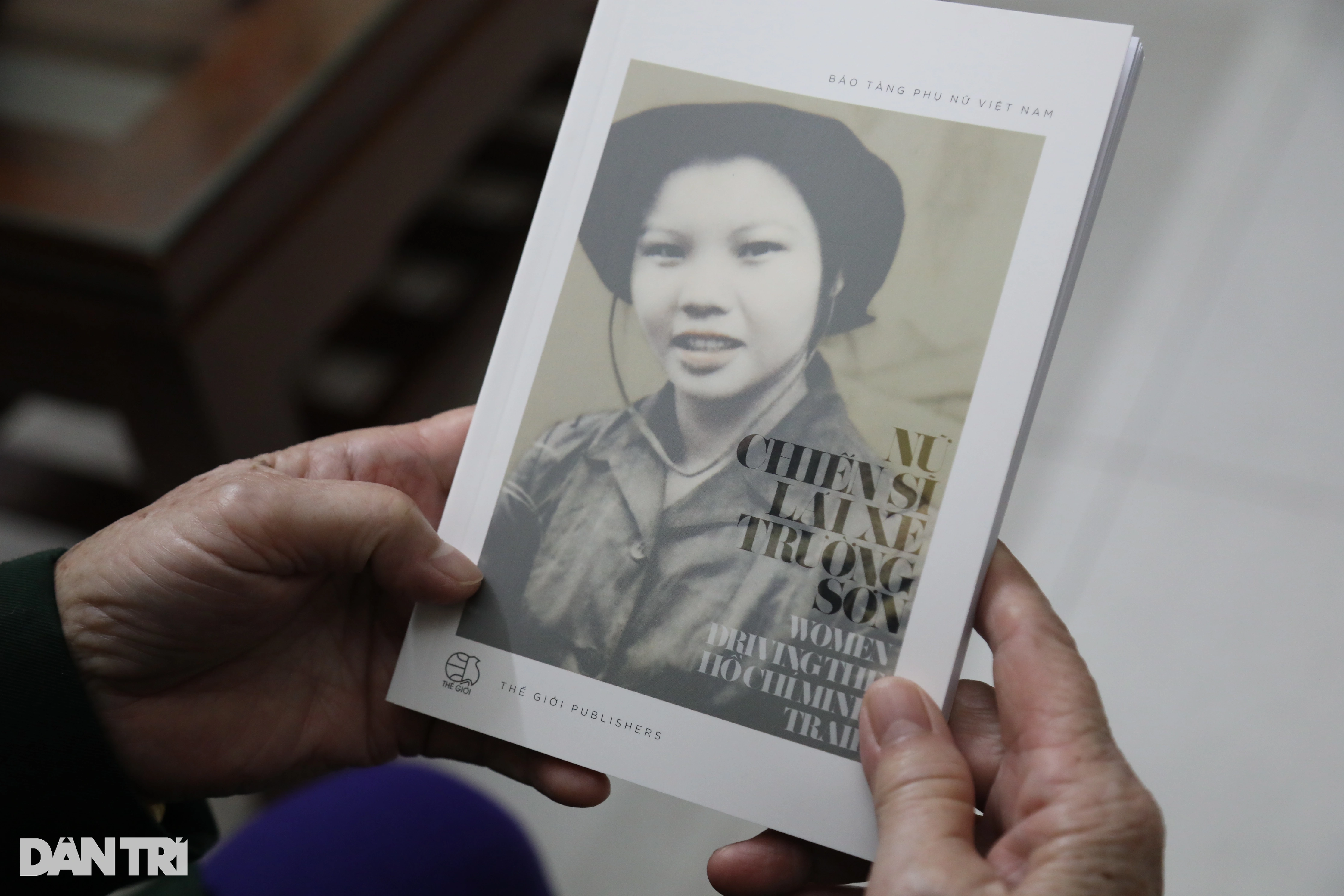
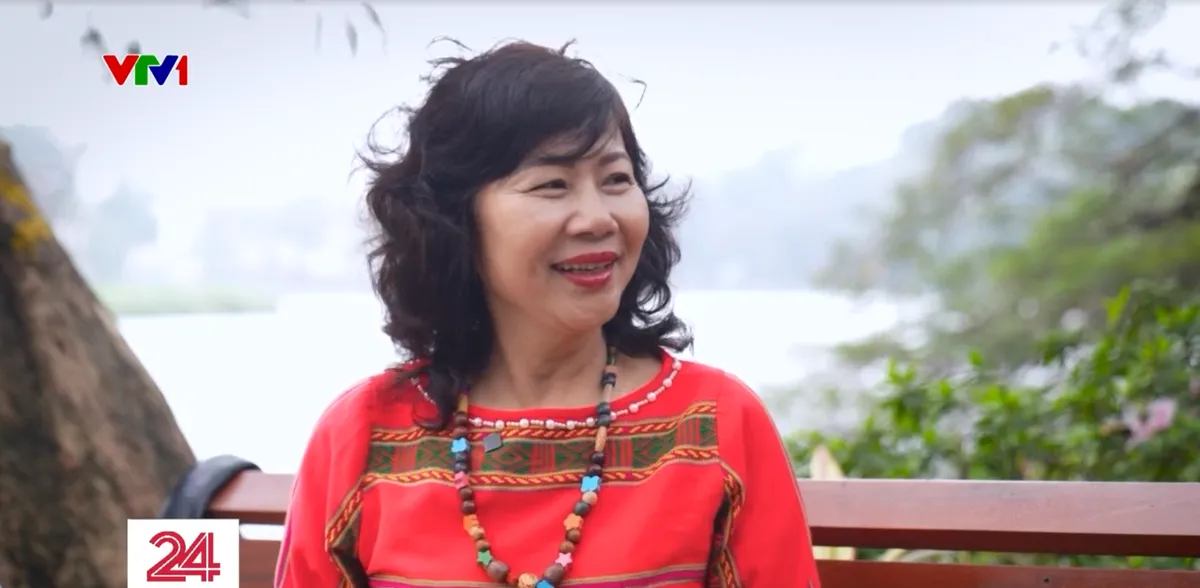



















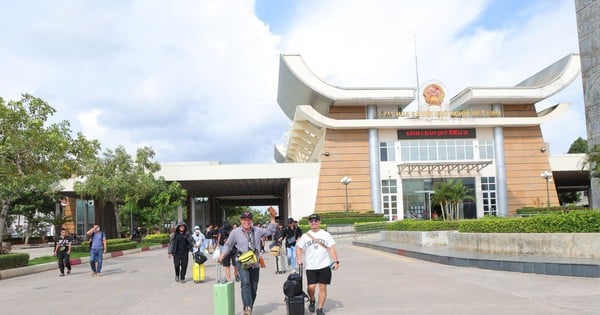
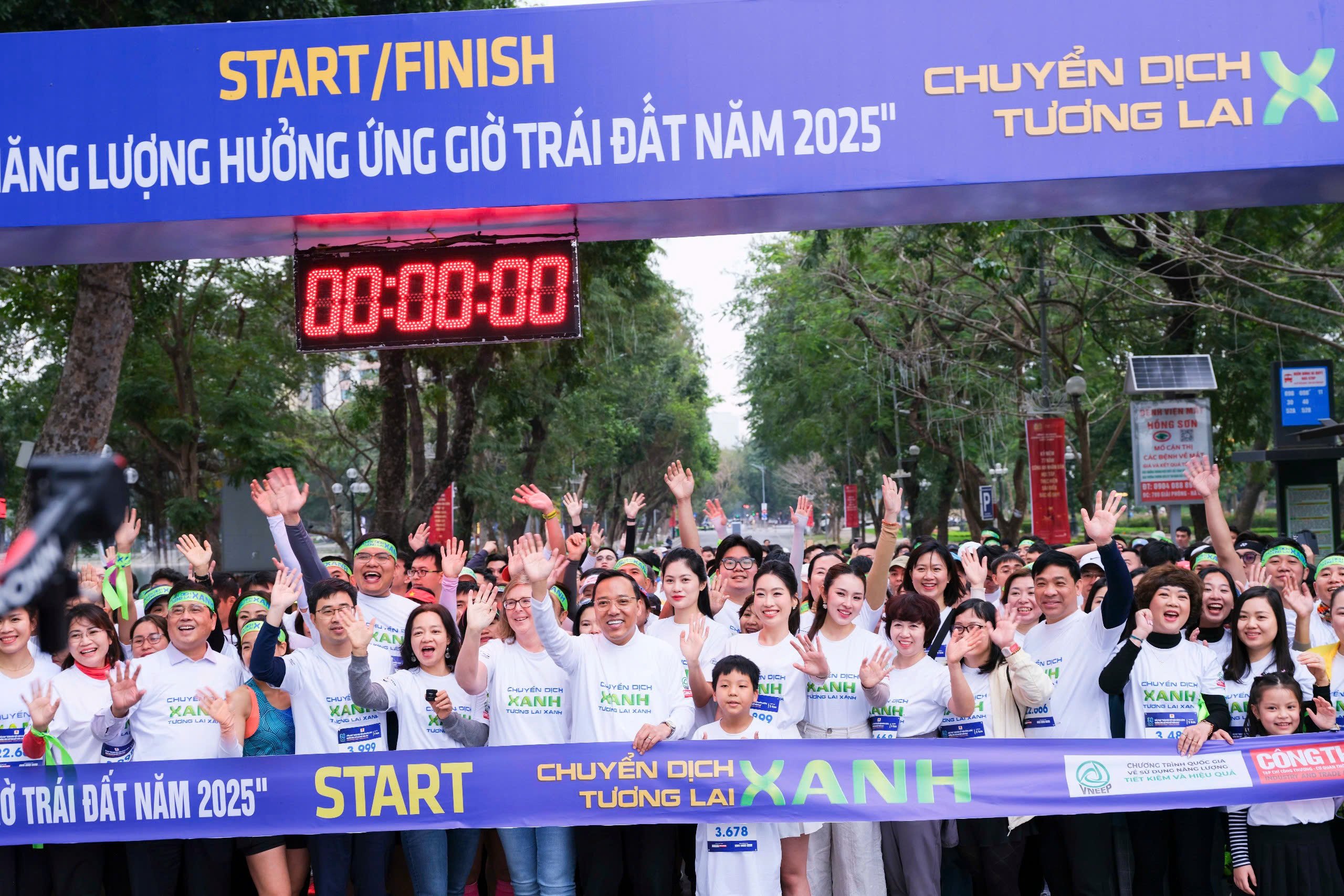










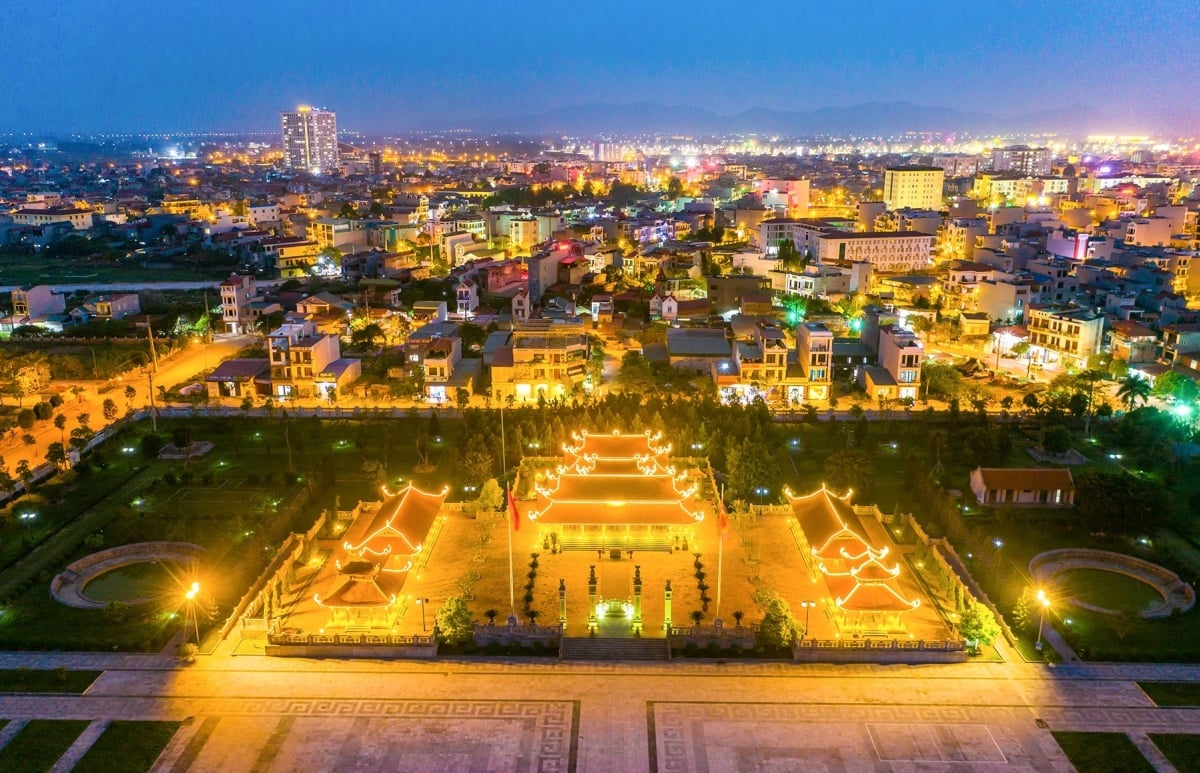


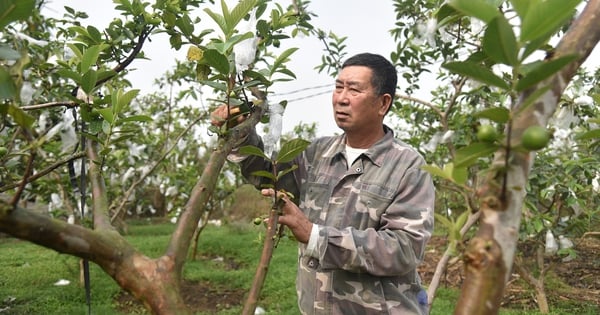

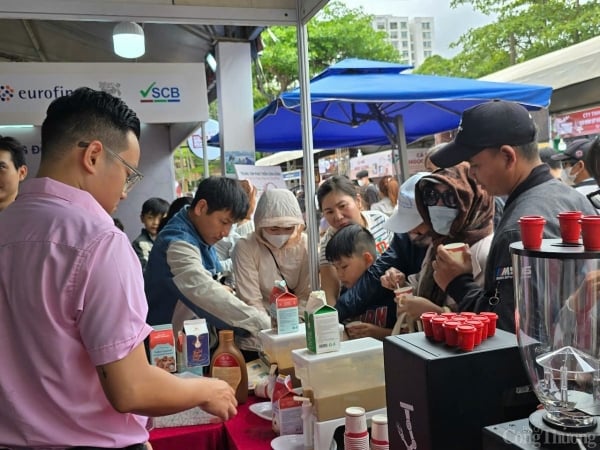



Comment (0)